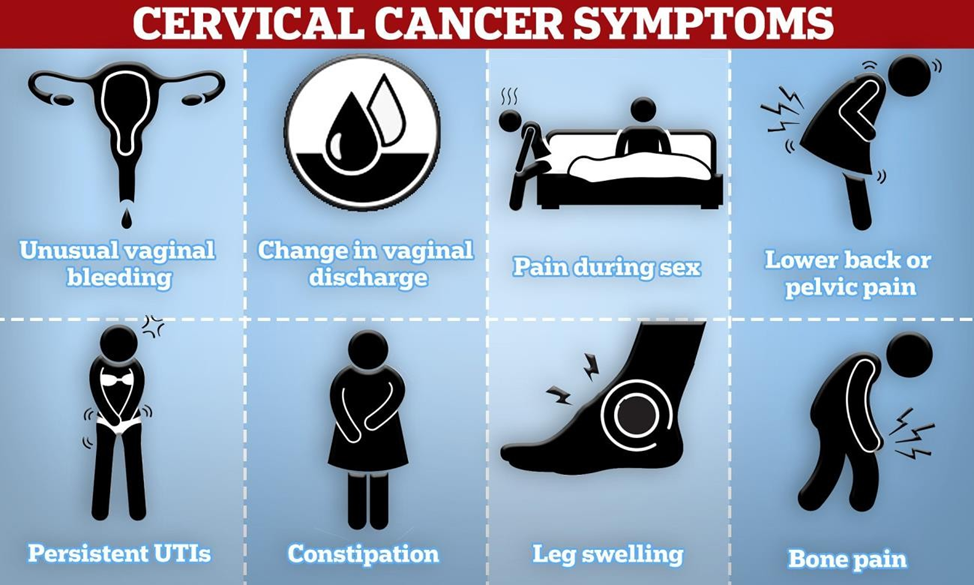A nurse working in an outpatient clinic is planning a community education program about reproductive cancers. The nurse should identify which of the following manifestations as a possible indication of cervical cancer?
Frequent diarrhea
Urinary hesitancy
Unexplained weight gain
Painless vaginal bleeding
The Correct Answer is D
A. Frequent diarrhea is not typically associated with cervical cancer.
B. Urinary hesitancy is more commonly associated with prostate issues in males rather than cervical cancer in females.
C. Unexplained weight gain is not typically a symptom of cervical cancer.
D. Painless vaginal bleeding, especially after intercourse or between periods, can be a sign of cervical cancer. It's essential for individuals to seek medical evaluation if they experience any abnormal bleeding.

Nursing Test Bank
Naxlex Comprehensive Predictor Exams
Related Questions
Correct Answer is B
Explanation
A) Limiting time for visitors is necessary in this case. However, the time should be limited to 1 hour in 24 hours and not 2 hours.
B) Instructing visitors to remain 6 feet from the client is crucial for their safety to minimize radiation exposure. Brachytherapy involves the use of a radioactive source placed close to or inside the tumor, and while the patient is emitting radiation, safety precautions must be taken to protect others from exposure. Safety measures such as maintaining a safe distance help ensure that the radiation exposure to others is As Low As Reasonably Achievable (ALARA), a principle that aims to minimize exposure while achieving the necessary therapeutic effect.
C) Discarding the radioactive device in the client's trash can is incorrect as it poses a risk of exposure to others.
D) Keeping soiled bed linens in the client's room is incorrect as they may be contaminated with radiation and should be handled according to radiation safety protocols.
Correct Answer is ["A","B","C","D","E"]
Explanation
A) The client's pain level decreased from 7 to 5 after receiving nitroglycerin. This decrease indicates improvement in the client's condition.
B) The client’s respiratory rate decreased from 24/min to 22/min.
C) The client’s heart rate decreased from 120/min to 100/min.
D) Initially, the client's oxygen saturation was 93% on room air, which decreased to 89%. However, after receiving oxygen at 2 L/min via nasal cannula it improved to 92%.
E) The blood pressure decreased from 176/82 to 110/62.
F) Only one echocardiogram result showing myocardial infarction was provided.
G) Only one reading of I&O was provided showing an output of 32 mL, hence difficult to determine whether there was an improvement.
Whether you are a student looking to ace your exams or a practicing nurse seeking to enhance your expertise , our nursing education contents will empower you with the confidence and competence to make a difference in the lives of patients and become a respected leader in the healthcare field.
Visit Naxlex, invest in your future and unlock endless possibilities with our unparalleled nursing education contents today
Report Wrong Answer on the Current Question
Do you disagree with the answer? If yes, what is your expected answer? Explain.
Kindly be descriptive with the issue you are facing.
